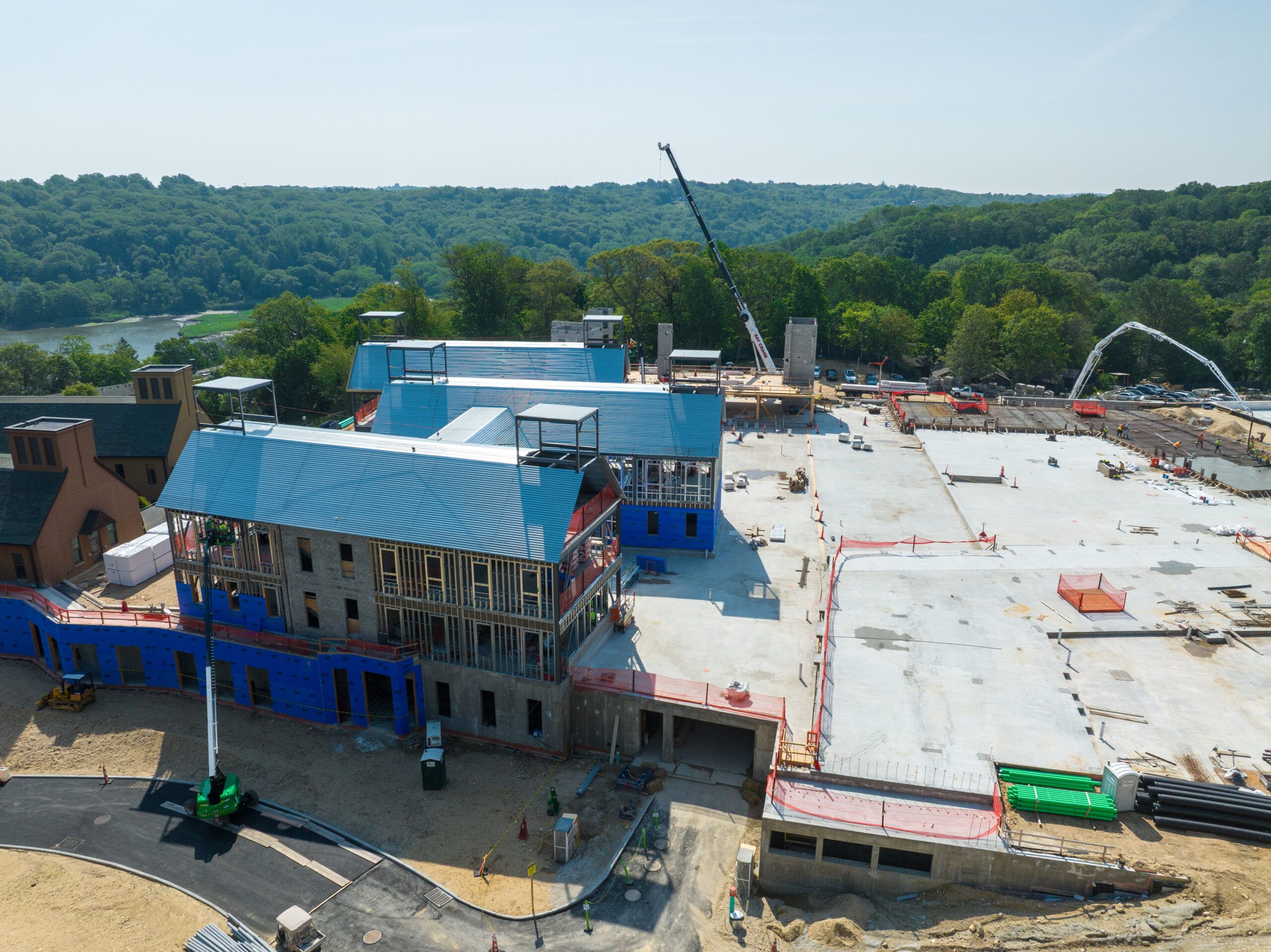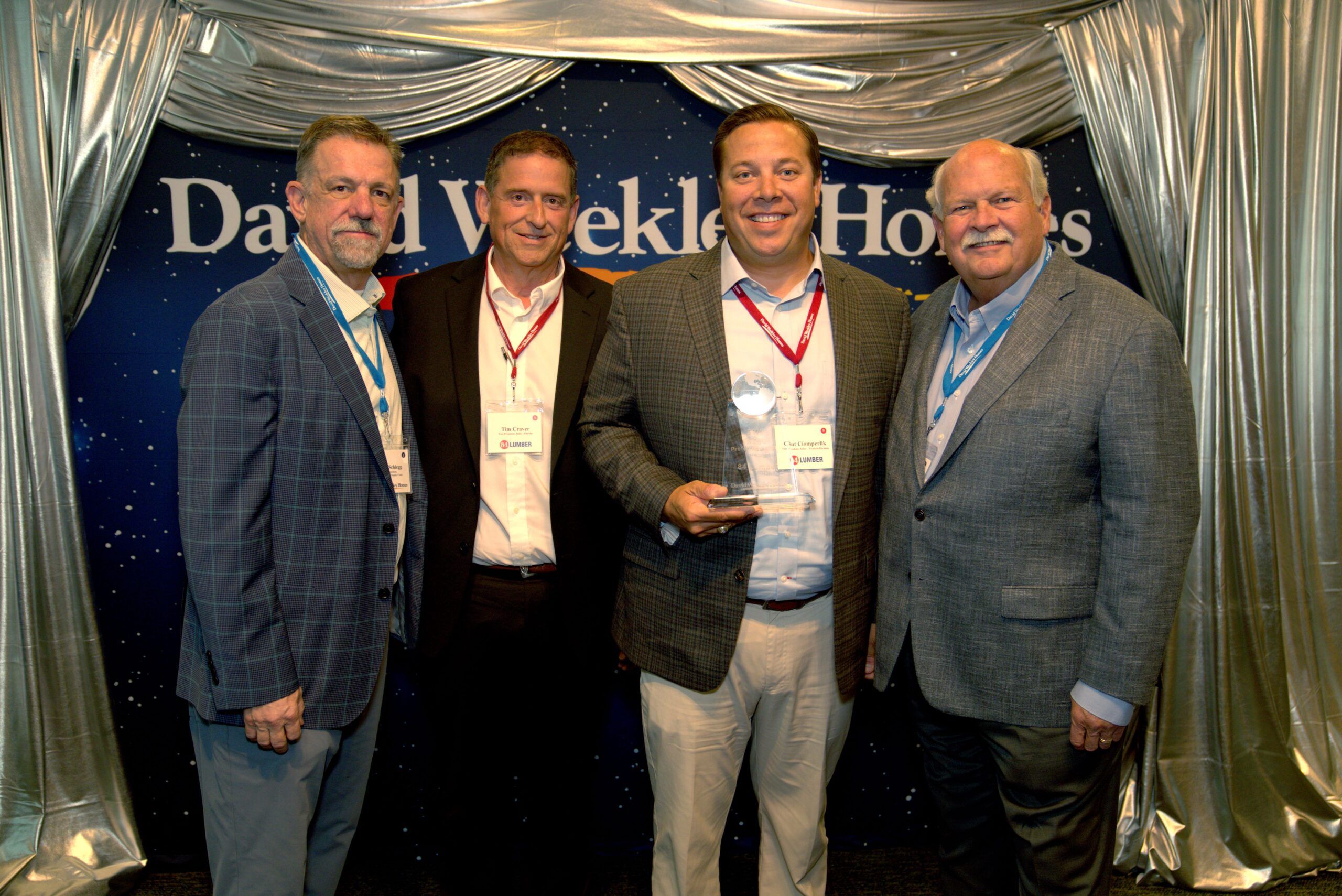Satellites are entering a new era, where their use is no longer distant or specialized, but deeply woven into the fabric of daily life. What were expensive tools reserved for space agencies and defense contractors are now powering everyday life in ways most people don’t even notice. By 2025, this quiet revolution is picking up speed, helped along by smaller, cheaper hardware, smarter software, and a flood of private investment. From tracking wildfires to keeping GPS on point, satellites are moving from the margins to the center of how we understand and interact with the world.
Trends and Growth Drivers
At the heart of the satellite industry’s rapid expansion in 2025 is an insatiable demand for connectivity, data, and innovation. As satellites become more advanced and accessible, their capabilities stretch far behind passive observation: they now offer actionable insights in real time. One of their most transformative applications is live satellite images analysis in EOSDA LandViewer, which enables real-time monitoring of environmental changes, disaster response, and land use planning with unprecedented accuracy.
One of the primary forces driving this growth is the need for seamless, high-speed connectivity across the planet. As industries become more digital and remote work remains prevalent, satellite networks are bridging the gaps in regions where terrestrial infrastructure falls short. The rise of low Earth orbit (LEO) satellite constellations is making global internet coverage more reliable and affordable, fueling new opportunities in communications, IoT, and autonomous systems.
Beyond connectivity, the increasing reliance on Earth observation is accelerating the market’s expansion. Satellites now play a critical role in monitoring climate change, tracking deforestation, optimizing agricultural yields, and responding to natural disasters in real time. Governments, businesses, and research institutions are leveraging space-based data to make informed decisions, reinforcing the importance of satellite-derived insights in tackling global challenges.
This surge in demand has attracted significant investment from both the private and public sectors. Private space companies are reshaping the industry with ambitious satellite deployment plans, cutting-edge launch technologies, and cost-effective manufacturing processes. Meanwhile, governments are ramping up their own satellite programs, recognizing their strategic importance in national security, environmental protection, and economic development. Initiatives promoting public-private partnerships are further accelerating innovation, ensuring that space-based solutions continue to evolve at a breakneck pace.
Underpinning all of this is a wave of technological advancements that is reshaping what satellites can do. Miniaturization has led to a new generation of compact, high-performance satellites that can be deployed in large constellations. AI-powered analytics are enhancing data processing capabilities, transforming raw satellite imagery into actionable intelligence in record time. And with improvements in propulsion, power systems, and materials science, satellites are becoming more efficient, longer-lasting, and capable of tackling increasingly complex missions.
Innovations Transforming Satellite Technology
While satellites have long been used for climate monitoring and disaster response, the latest innovations are pushing the boundaries of what’s possible. Hyperspectral imaging, AI-driven analytics, and cloud-based data platforms are allowing industries to extract deeper insights from satellite data. In agriculture, this means more precise monitoring of soil health and crop performance. In urban planning, it enables better land-use management and infrastructure development. And in environmental conservation, it supports biodiversity tracking and the detection of subtle ecosystem changes that might otherwise go unnoticed. Today, many of these applications rely on live satellite imagery to provide up-to-the-minute insights.
At the same time, the industry is making strides toward sustainability in space. The rise of eco-friendly satellites is addressing concerns about space debris and resource consumption. New satellite designs incorporate biodegradable materials, ion propulsion systems that reduce fuel waste, and automated deorbiting mechanisms to prevent long-term clutter in orbit. Companies are also experimenting with satellite servicing missions, which allow for in-orbit repairs and refueling—extending the lifespan of satellites and reducing the need for constant replacements.
These innovations are expanding the role of satellites beyond just providing data; they are transforming industries, improving environmental stewardship, and ensuring that space remains a sustainable and accessible domain for future generations. With platforms that let users see satellite images, this transformation is more visible and impactful than ever before.
Looking Ahead
As 2025 progresses, the satellite industry is poised for groundbreaking advancements that will redefine its role in global connectivity, Earth observation, and space sustainability. In the latter half of the year, we can expect to see AI-powered automation become even more integral to satellite operations. New machine learning models will enhance real-time data analysis, making it easier to track environmental changes, predict natural disasters, and optimize resource management across industries.
The growth of smallsat constellations will accelerate, with several companies planning large-scale deployments aimed at improving global communication networks and remote sensing capabilities. These smaller, cost-effective satellites will enhance Earth monitoring precision, particularly in climate science and agricultural forecasting. Additionally, advances in inter-satellite networking will lead to more efficient data transmission, reducing latency and making near-instant insights a reality.
Sustainability will take center stage as space agencies and private companies introduce new debris mitigation strategies and satellite servicing missions. Later in the year, experimental projects will explore automated satellite repairs and refueling technologies, extending satellite lifespans and reducing the need for frequent replacements. We may also see early demonstrations of biodegradable satellite components, marking a major step toward sustainable space exploration.
With these innovations on the horizon, staying informed is crucial. As technology evolves, tools that enable users to get live satellite images will become even more powerful, offering real-time insights into critical global events. The coming months promise a wave of transformation — one that will shape how industries, governments, and individuals harness space technology for a smarter, more connected world.











